This article was medically reviewed by Luba Lee, FNP-BC, MS and by wikiHow staff writer, Eric McClure. Luba Lee, FNP-BC is a Board-Certified Family Nurse Practitioner (FNP) and educator in Tennessee with over a decade of clinical experience. Luba has certifications in Pediatric Advanced Life Support (PALS), Emergency Medicine, Advanced Cardiac Life Support (ACLS), Team Building, and Critical Care Nursing. She received her Master of Science in Nursing (MSN) from the University of Tennessee in 2006.
There are 8 references cited in this article, which can be found at the bottom of the page.
This article has been viewed 124,498 times.
A cut on the bottom of your foot can be an absolute pain to deal with, since it’s hard to stay off of your feet entirely as it heals. Luckily, most smaller cuts heal on their own after a few days. To ensure that a cut heals properly, rinse your wound out and apply an antibiotic ointment to the wound. Bandage it using a standard band aid or gauze and wrap the bandaging with a fabric bandage to keep it clean and dry aside from a little antibiotic ointment. Stay off of your feet as much as possible and use ice and over-the-counter pain medication to manage the pain. If your wound is deep, oozes pus, won’t stop bleeding, becomes swollen, or doesn’t heal within a week, see your doctor immediately.
Steps
Cleaning the Wound
-
1Inspect the wound to see if you need to see a doctor. This can be kind of tricky, so grab a hand mirror if necessary. While seated, lift your foot up to inspect the wound. If the wound is deeper or longer than 1⁄2 in (1.3 cm), it may require stitches. Contact your doctor or go to an urgent care facility to get it inspected. If there is pus coming out of your wound or it won’t stop bleeding after 2-3 minutes, go to the emergency room.[1]
- If the cut isn’t very deep or long, you’re fine to treat it on its own. If it doesn’t heal within a week though, seek medical help.
Warning: It’s extremely important that you go to the doctor as soon as possible if there’s pus coming out of your wound, it won’t stop bleeding, or the cut is deep. The cut could get infected, or you may have cut an artery and require immediate medical attention.
-
2Wash your hands with soap and warm water. Turn your tap on to lukewarm or warm water. Squirt 1-2 dollops of mild hand soap into your hands. Wash your hands thoroughly to clean them and remove any dirt or foreign contaminants on your hands. Wash them for 30-45 seconds and dry them with a clean cloth.[2]Advertisement
-
3Run your foot under warm water and blot it with a washcloth. Go to your tub and turn the water on to lukewarm or warm. Wait 15-30 seconds for the water to reach the desired temperature. Set your foot under the water to rinse it. Use a clean washcloth to blot the wound and clean it out. Rinse your wound out for 2-3 minutes to fully wash it.[3]
- You can use a mild, unscented soap if you’d like. For deeper wounds though, this may irritate it and cause additional pain. If you do use soap and find that your foot stings a little after you’ve bandaged it, unwrap it and continue to rinse it out before bandaging it again.
- Use tweezers to carefully remove any dirt or foreign objects if you walked on something with your bare skin.
-
4Apply pressure to the wound with a clean cloth or paper towel to dry it out. Once you’ve thoroughly washed and cleaned your wound, grab a clean, lint-free cloth or paper towel. If your cut is still bleeding, hold the cloth over the wound and apply pressure for 40-45 seconds to give the blood time to clot. Use the clean portion of your cloth to dry your foot off.[4]
- You don’t have to get rid of all of the blood. A little blood will actually help the wound close as it dries. You don’t want blood to be soaking through the bandage, though.
- Give your foot 2-3 minutes to air dry if the skin is still damp after you’ve dried it.
-
5Use an antibiotic cream or ointment to keep the cut clean. Get a petroleum jelly-based antibiotic ointment or cream and squeeze a pea-sized dollop on your finger. Gently rub it over your wound and around the laceration. Massage it softly to rub it into the surrounding skin. This will keep the cut from getting infected as it heals.[5]
- You can use petroleum jelly instead of antibacterial ointment if you prefer.
- Your wound will heal faster if you keep it clean, covered, and moistened with antibiotic ointment. Clean your wound and change the dressing twice a day, or whenever your bandage gets soiled.
Bandaging the Cut
-
1Get a bandage that covers the cut entirely for a smaller cut. If the cut is really small, you can use a standard band aid to cover the cut. Peel the adhesive paper off of the bandage and cover the cut with the soft, non-adhesive pad. A butterfly bandage is a good choice if your cut is located on a curved part of your foot.
- For the wound to properly heal, the entire laceration needs to be covered by the bandage.
- If you don’t have a bigger bandage, you can use a series of smaller band aids. This isn’t preferred though, since there may be gaps in between your bandages.
-
2Wrap larger cuts in several layers of gauze. For cuts bigger than 1⁄4 in (0.64 cm), grab a roll of medical gauze. Remove the packaging and unroll the first 6 inches (15 cm) of the gauze. Cut a piece of gauze large enough to cover the entire area. Put some antibiotic ointment on the wound, then secure the bandage by wrapping the rest of the roll of gauze directly over the wound. Roll the gauze around your foot 5-6 times. Once you’ve entirely wrapped the wound, you can either tuck the last length of gauze underneath a lower layer, or leave it where it is and simply wrap the gauze with your fabric bandage to keep it tight.
Tip: The gauze should be tight, but not so tight that it restricts blood flow. If you feel your foot pulsating or becoming sore, take the gauze off and reapply it using a looser wrap.
-
3Use a fabric bandage to wrap the entire foot. Take a roll of fabric bandage and wrap it over the gauze, starting by layering it on top of the location where you tore the gauze off. Tightly wrap your foot 4-5 times to cover the gauze. At the end, tear the bandage and press it firmly against another section of the fabric to secure it.
- You can wrap a band aid in your fabric bandage as well to keep it dry and keep air out.
- Most fabric bandages are adhesive. If your bandage isn’t, you can use a strip of cloth tape to secure it.
Managing the Pain
-
1Take Tylenol as directed to manage your pain. If the pain is too much, you can take an over-the-counter pain medication with acetaminophen to relieve your symptoms. Grab a bottle of Tylenol or generic acetaminophen and read the label carefully. Take it as directed on the bottle and never consume more than the daily recommended amount. Take your pills after eating to avoid nausea and stomach pain.[6]
- Do not take more than 3,000 milligrams of acetaminophen a day, if possible. The maximum dosage for adults is 4,000 milligrams, but for many people this too much and they’ll start experiencing an upset stomach. Stay closer to 3,000 milligrams a day to play it safe if you can.[7]
-
2Use ice for 15-20 minutes at a time to numb the area. For immediate relief, grab an icepack or fill an airtight bag with ice. Cover your foot in a cloth or blanket and place your ice pack over the wound. Leave your ice pack there for 15-20 minutes at a time to numb the area and relieve your pain. Do this multiple times a day to get the full relieving effect.[8]
- Don’t overdo it with the ice. There are diminishing returns if you leave it on for too long, and you can actually prevent the wound from healing naturally.
-
3Apply a combined antibiotic and pain relief ointment. When you apply antibiotic ointment to your wound, opt for a product that also contains a pain-relieving medication. Neosporin + Pain Relief Dual Action Ointment is a good option.
- These ointments typically contain pramoxine hydrochloride, which slightly numbs your skin to relieve pain, itching, and irritation.[9]
-
4Rest your foot as much as possible to avoid agitating it. The more that you use your foot, the longer your cut is going to take to heal. Stay off of your feet as much as possible while you’re waiting for the cut to heal completely. When sitting, elevate your foot by putting it on a chair or ottoman to avoid putting pressure on it.[10]
- While you’re resting, elevate your foot above the level of your heart as much as possible. This will help improve circulation, prevent inflammation, and promote faster healing.
Tip: You can use crutches to keep your foot from coming into contact with the ground. If the pain is so bad that you can’t walk, though, you need to see a doctor.
Preventing Additional Injuries
-
1Change your bandages 1-2 times daily or if they get soiled to keep the wound clean. To avoid letting your wound fester, change your bandages at least once every day. Repeat the entire process by washing your hands and re-bandaging it. Skip the foot rinse, though, to keep your wound dry. In between bandage changing, give your foot 20-30 minutes of exposure to the air to let it breathe a little.[11]
Tip: You don’t need to rewash your wound if it looks like it’s actively healing. If the wound is still open, though, rinse it out.
-
2Keep your foot dry and clean to avoid bacterial infections. To avoid infections, keep your feet as dry as possible. Wear shoes with a breathable fabric when you go out and avoid walking in puddles or going out in the rain. If you feel your feet sweating, take your socks off and give your feet 20-30 minutes to air dry before changing your socks.[12]
- Change your bandages whenever your feet get wet.
-
3Contact your doctor if the wound doesn’t heal in a week. For most minor cuts, your foot should heal within 3-5 days. If your cut doesn’t heal over the course of a week, contact your doctor. You may require antibiotics or stitches to close the wound.[13]
- If your symptoms get worse instead of better, see a doctor. Don’t wait a full week if things keep getting worse.
Warnings
- While the topic is still hotly debated among medical professionals, there is evidence that hydrogen peroxide actually prevents a wound from healing. Skip it when treating open cuts.[14]⧼thumbs_response⧽
- If you see your doctor or seek medical attention, follow your post-care instructions to ensure that you give your foot the best opportunity to heal.⧼thumbs_response⧽
Things You’ll Need
Cleaning the Wound
- Water
- Washcloth
- Soap
- Lint-free cloth
- Tweezers (optional)
- Antibiotic cream or ointment
- Petroleum jelly
Bandaging the Cut
- Antibiotic ointment
- Band aid
- Gauze
- Fabric bandage
- Cloth tape (optional)
Managing the Pain
- Acetaminophen
- Antibiotic ointment with pain relief
- Ice pack or bag with ice
- Cloth or blanket
- Crutches (optional)
Preventing Additional Injuries
- Bandages
References
- ↑ https://www.fairview.org/patient-education/116239EN
- ↑ https://www.aad.org/injured-skin/treat-minor-cuts
- ↑ https://www.aad.org/injured-skin/treat-minor-cuts
- ↑ https://www.aad.org/injured-skin/treat-minor-cuts
- ↑ https://www.mdedge.com/familymedicine/article/62565/dermatology/do-topical-antibiotics-improve-wound-healing
- ↑ https://www.aad.org/injured-skin/treat-minor-cuts
- ↑ https://www.health.harvard.edu/pain/acetaminophen-safety-be-cautious-but-not-afraid
- ↑ https://healthcare.utah.edu/orthopaedics/specialties/foot-injury-when-to-see-doctor.php
- ↑ https://medlineplus.gov/druginfo/meds/a682429.html
- ↑ https://healthcare.utah.edu/orthopaedics/specialties/foot-injury-when-to-see-doctor.php
- ↑ https://www.urmc.rochester.edu/encyclopedia/content.aspx?contenttypeid=1&contentid=2978
- ↑ https://www.urmc.rochester.edu/encyclopedia/content.aspx?contenttypeid=1&contentid=2978
- ↑ https://www.aad.org/injured-skin/treat-minor-cuts
- ↑ https://www.nytimes.com/2007/06/19/health/19real.html

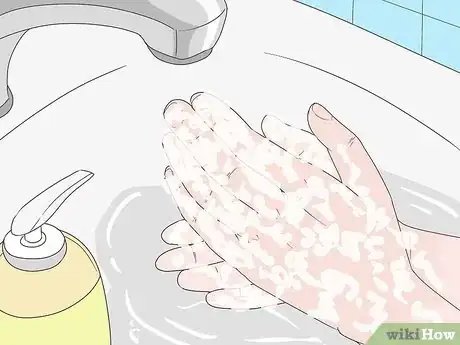




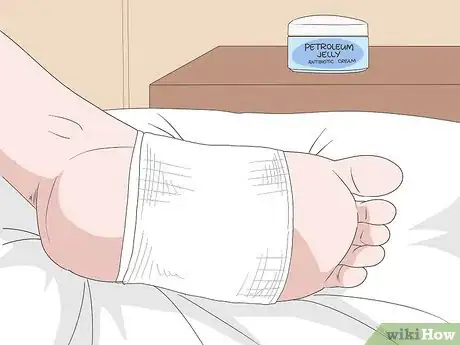

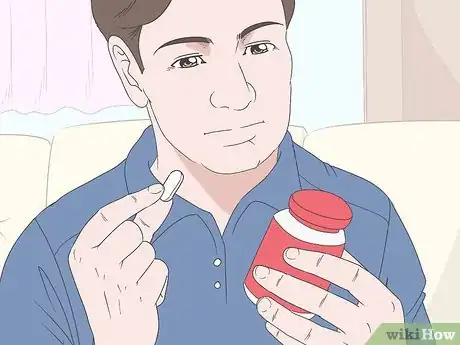
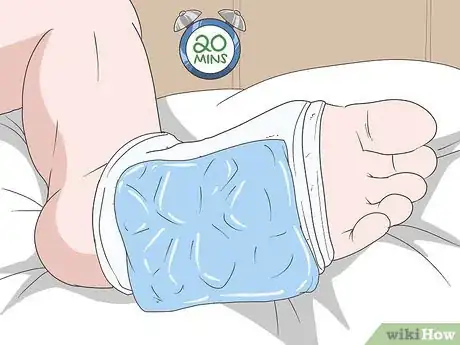
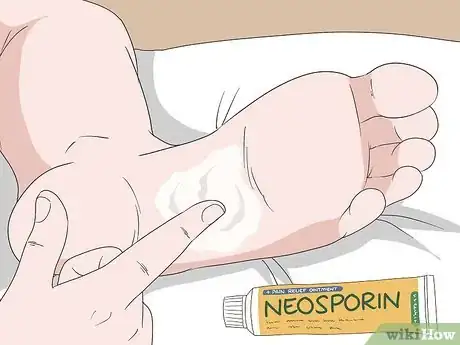
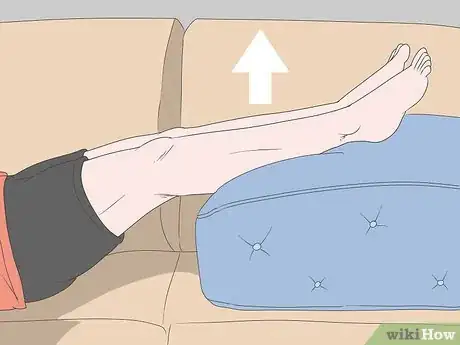



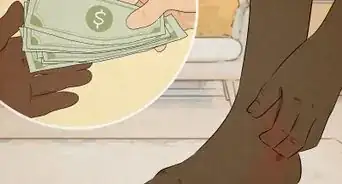
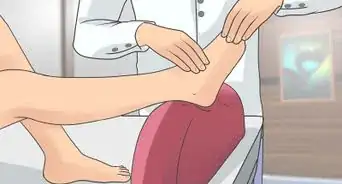

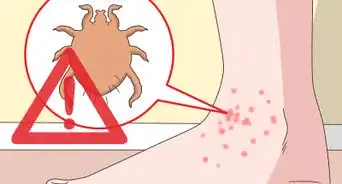
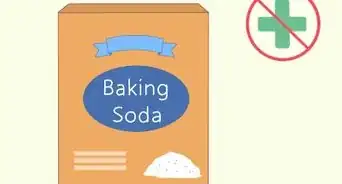
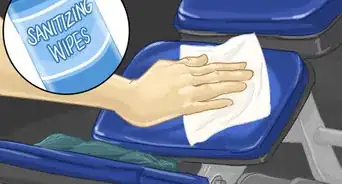
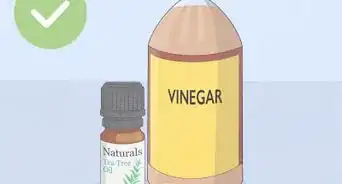
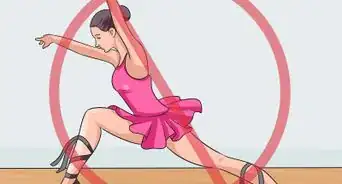
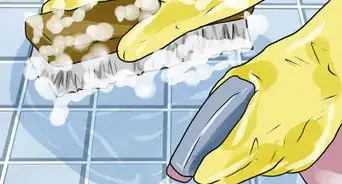
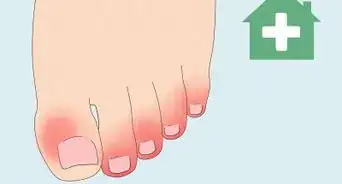

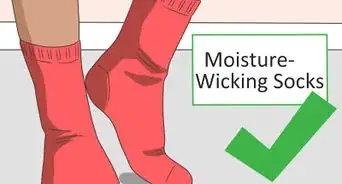
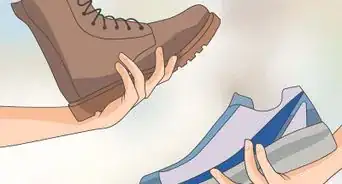
-Step-17.webp)







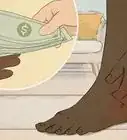
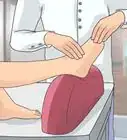

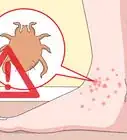




































Medical Disclaimer
The content of this article is not intended to be a substitute for professional medical advice, examination, diagnosis, or treatment. You should always contact your doctor or other qualified healthcare professional before starting, changing, or stopping any kind of health treatment.
Read More...